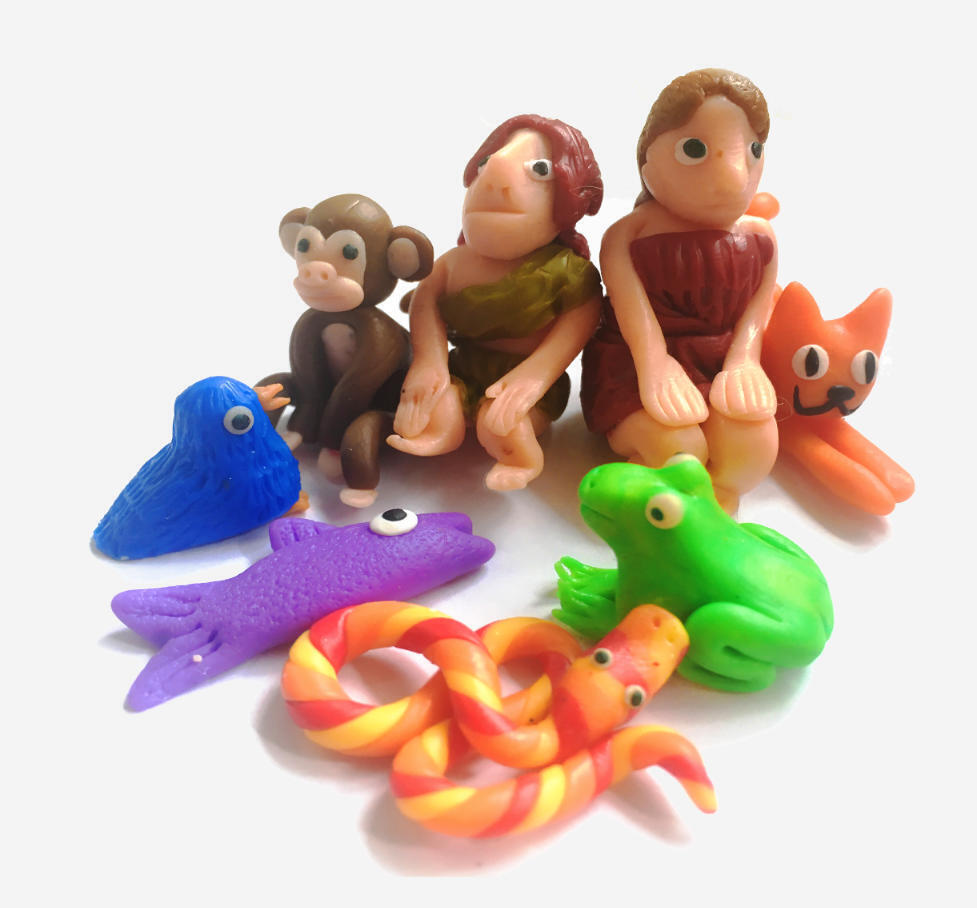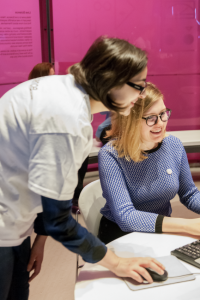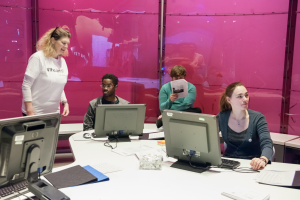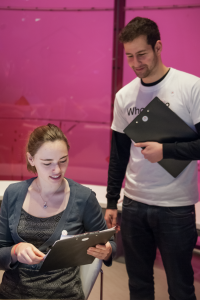This is the first in a series of blogs showcasing the Birkbeck 2020 Public Engagement Awards winners and highly commended participants. Each week, learn about a new project!

The Birkbeck Public Engagement Awards recognise and celebrate researchers undertaking innovative and exemplary public engagement activities. Dr Gillian Forrester and her team were doubly recognized for their efforts: they both won and were highly commended for Psyched! and Me, Human, two outstanding projects.
Pysched! is an interactive science evening aimed at exploring how our ancient brains cope in the modern world. This collaboration between new City Lit and Birkbeck brought to the public lively evenings of interactive discussions on the psychology of human behaviour, featuring cutting-edge science, experimentation and practical advice. Psyched! was aimed at offering an insider’s look at how the brain works, and at how evolution affects the way we think, feel, and behave. The topics featured in the current series included disgust, language, lust and sex differences. This project was developed as a fun and exciting vehicle to share science with the general public. Specifically, Psyched!, which was open to participants aged 18+, allowed for more adult content, for a ‘night out’ that would compete the likes of theatre, gigs, a cinema trip or a night out in the pub with friends.
Dr Forrester’s second project, Me, Human @ Live Science is, on the other hand, an inclusive, informative and enjoyable exhibit that is suitable for all ages, individuals, families and groups. Me, Human was in residence at the London Science Museum for 3 months, as part of the Live Science Scheme to investigate the relationships between brain and behaviour asymmetries and cognitive skills. Through a set of carefully designed experiments and video experiences, Me, Human @ Live Science enabled visitors to explore the connections between their own motor actions and the different sides of their brain. Visitors to the exhibit could choose from a range of experimental experiences – each ranging in length of time (5-15 min). At each station, the visitors engaged with a knowledgeable research assistant. The selection for activities included:
- Information Station: testing non-verbal problem-solving skills
- Manipulation Station: testing hand dominance using pegboards and puzzles
- Speculation Station: testing self-compassion, holding biases for animate/inanimate objects
- Get-A-Grip Station: testing grip strength using dyanometer and hand morphology via scans
- Articulation Station: testing ear dominance for language stimuli using dichotic listening
- Affectation Station: Testing visual biases for social/non-social stimuli (fNIRS, eye-tracking)
Through these experiences, Me, Human encouraged the audience to discover of cutting-edge research in a participatory manner, whilst also contributing to scientists’ understanding of human brain and behaviour. This project allowed for access to a large and diverse population of individuals to contribute to the developmental research at Birkbeck – a particularly exciting feature, since little is known about the variation of behavioural and associated brain biases within the wider population.
Both these projects excelled at engaging the wider public, and we warmly congratulate Dr Forrester and her team in being both Highly Commended and a Winner in the category Communicating Research.
Further information:



